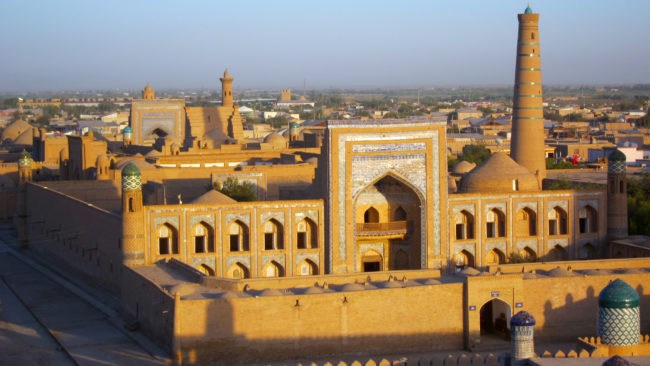An earlier Pozières Consulting article highlighted that the Belt and Road Initiative’s (BRI) country-specific and regional risks are being overlooked. These included disputes over borders, land and water. The Fergana Valley in Central Asia provides a snapshot of these specific political risks surrounding the BRI. Intersected by Uzbekistan, Tajikistan and Kyrgyzstan, the Fergana Valley is a historic crossroads of trade and a focus of modern infrastructure investment. It is also Central Asia’s most densely populated agricultural heartland. Insights from the region could have implications for the wider coherence of the BRI.
Despite common narratives about ‘BRI integration’ versus others about ‘water wars’, the Fergana Valley is characterised by simultaneous cooperation and conflict. That is to say, the realities are less dramatic, binary and clear-cut. Earlier this month (November 2019), there were reports of an extensive agreement between the governments of Uzbekistan and Tajikistan to resolve demarcation of their shared borders. Weeks earlier, too, Uzbekistan agreed historic land swaps with Kyrgyzstan. Yet in the same period, fighting had broken out when Uzbek authorities started to fence off a reservoir which Kyrgyz farmers relied upon for water. Elsewhere, at least four people were killed in a skirmish when construction work began on an unsettled stretch of the Tajikistan-Kyrgyzstan border between the Sughd and Batken provinces.
When Shavkat Mirziyoyev became President of Uzbekistan in 2016, he made gestures towards economic reform and regional friendship; hydropower cooperation was planned. Since then, there have been tangible changes to Uzbekistan’s business environment and trade in the region: entry visas were scrapped for many countries, and the turnover of trade between Uzbekistan and Tajikistan doubled in the first half of 2018 compared with the previous year.
For BRI projects, global financial factors are held to be constraining funding and hence the ability to fully engage with these developments. But precarious local political realities still shape these BRI countries’ risks. The blurred borders and land and water resources remain subjects of competing claims among Uzbek, Tajik and Kyrgyz communities. Fergana Valley flare-ups have the potential to disrupt land- and water-intensive projects, while also reducing cooperation and political stability. This can impact trade and investment in the three countries – potentially clouding the image of the Silk Road Economic Belt as a seamless link between continents.
It may not be a case of waiting to see which of the narratives – cooperation or conflict – prevail. Recent months have shown that both can coexist. Location-specific, nuanced thinking can reveal hidden opportunities, as well as illuminating the challenges.
